Xfce vs. GNOME: Which Linux Desktop Environment Is Best for You?

When it comes to your Linux distribution, the choice of a desktop environment holds immense significance in shaping your overall experience. Among the popular options available, Xfce and GNOME stand out as exceptional Linux desktop environments, each with its own unique set of features and characteristics.
In this enlightening article, we will delve into the depths of Xfce and GNOME, uncovering their distinct differences and aiding you in making an informed decision about which one aligns perfectly with your requirements.
Xfce, known for its lightweight nature, offers a seamless and efficient user interface. Its minimalistic design ensures swift performance even on older hardware, making it an ideal choice for those seeking a snappy and resource-friendly desktop environment. With Xfce, you can expect a clutter-free workspace that allows you to focus on your tasks without any distractions.
On the other hand, GNOME boasts a visually stunning and modern interface that prioritizes user-friendliness. Its sleek design and intuitive layout provide a visually appealing and effortless navigation experience. GNOME offers a plethora of customization options, allowing you to personalize your desktop environment to suit your unique preferences. With its extensive range of extensions and plugins, you can enhance your productivity and tailor your Linux experience to your liking.
By exploring the key differences between Xfce and GNOME, we aim to empower you with the knowledge necessary to make an informed decision. Whether you prioritize performance and efficiency or value a visually captivating and customizable interface, this article will guide you towards the desktop environment that best suits your needs.
Choose wisely, as the right desktop environment can truly elevate your Linux distribution experience. Let us assist you in finding the perfect fit for your requirements, ensuring a seamless and enjoyable journey through the world of Linux

What is Desktop Environment?
Using a Linux desktop environment opens up a world of possibilities, allowing you to effortlessly access all the familiar Graphical User Interface features. With icons, toolbars, and widgets at your fingertips, navigating the Linux desktop becomes a breeze, whether you prefer using your trusty mouse or your trusty keyboard, just like you would in Windows.
But that’s not all – some desktop environments go above and beyond by including integrated programs and utilities, enhancing your overall operating system experience. From a handy file manager to a powerful desktop search, a versatile text editor, and much more, these integrated tools make using Linux a pleasure.
What’s even more exciting is that you have a multitude of options to choose from. While different Linux distributions may offer the same desktop environment, a single Linux distribution can provide you with a range of desktop environments to suit your preferences. Take, for instance, GNOME, which serves as the default desktop environment in both Fedora and Ubuntu.
GNOME
GNOME, also known as GNU Network Object Model Environment, is a popular desktop choice for Linux distributions. It is one of the oldest desktop environments that has withstood major technological changes.
The interface of GNOME is somewhat similar to Mac, which makes it easy to navigate. What sets it apart is its modular and minimalistic approach, providing users with a clutter-free desktop. Some key features of GNOME include a dark UI style, faster start-up, default configuration, and reduced memory usage. It is an excellent option for beginners, particularly those who prefer a productive and clean interface. If you are not a computer expert and desire a user-friendly desktop environment, then GNOME is definitely worth considering.

Xfce
Xfce desktop environment is a highly configurable desktop which prioritises productivity and stability over a fancy look. It’s frequently used as the default environment for major Linux distributions and Unix-based operating systems. When compared to GNOME, Xfce has fewer features but boasts a legacy look. It’s quick, easy to customize, and looks great once you’ve made it your own.
Customization is straightforward through the built-in elaborate settings. Xfce caters to users who don’t require a complex system for their activities and prefer a simple and speedy environment that provides fast access to all their apps.
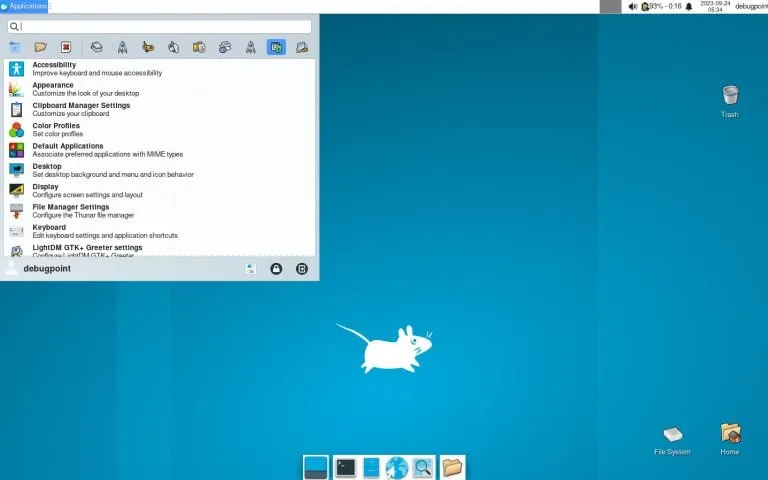
Xfce vs GNOME Linux desktop
Design
In the ever-evolving world of desktop environments, one stands out with its unique charm and functionality.
Enter Xfce, a desktop environment that embraces the best of both worlds – a traditional menu and an icon-based desktop.
When you dive into the Xfce desktop, you’ll immediately notice the familiar presence of a bottom or top panel.
This panel serves as your trusty companion, housing essential elements such as the application launcher, running applications, and the system tray. It’s like having a personal assistant right at your fingertips, ready to cater to your every need.
With the Xfce desktop, you can navigate through your applications effortlessly, thanks to the traditional menu.
It provides a sense of familiarity, making it a breeze to find and launch your favorite programs.
No more endless searching or digging through convoluted menus – Xfce simplifies your desktop experience.
But that’s not all. The icon-based desktop in Xfce adds a touch of visual appeal to your workspace.
Each icon represents a program or file, allowing you to access them with a single click. It’s like having a neatly organized desk, where everything is within reach and beautifully arranged
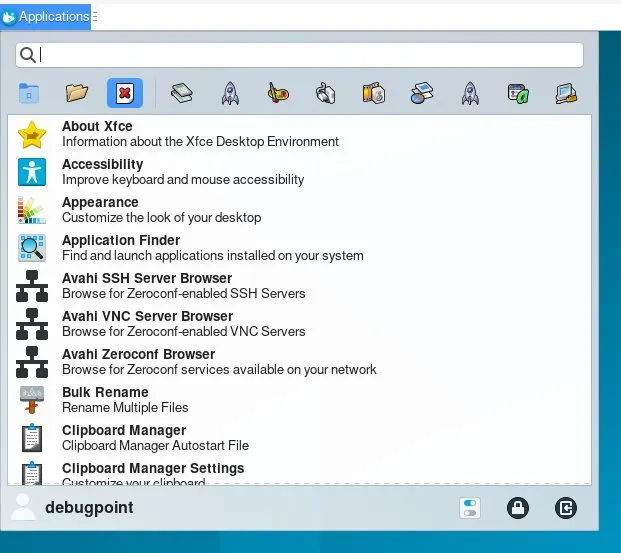
Explore More; 7 prime Linux Application and Software
Whereas in the GNOME desktop, you get only a panel with workspace. The discovery and launching of applications are based on a grid-based view.
However, due to the extensive customization capabilities of both desktops, you can tweak them to your own and give them any look you want.
User interface and Navigation
Xfce provides straightforward navigation right out of the box. Anyone accustomed to the standard Windows operating system can immediately use the new Xfce installation without assistance. I brought up Windows because, usually, kids and students first get a taste of computers in Windows due to its penetration in schools, universities and colleges.
GNOME also offers simple and user-friendly navigation and interface. It features a minimal UI without much added functionality. Interestingly, GNOME does only what it needs to – not more, not less. So, it’s made with the user’s productivity in mind.
So, GNOME has a little learning curve and a “get used to it” phase, whereas you don’t need any learning curve in Xfce desktop.
Customization
One of the advantages of using any Linux desktop is the power of customization to any extent.
GNOME desktop provides various tools, extensions and utilities that help you customize every corner of your desktop. For example, you can use the GNOME Tweak tool to get various basic tweaks such as cursors, fonts, etc. In addition, you can get more options in the native gnome-settings utilities. Moreover, hundreds of extensions are available on the official website which helps you to customize them as your own.
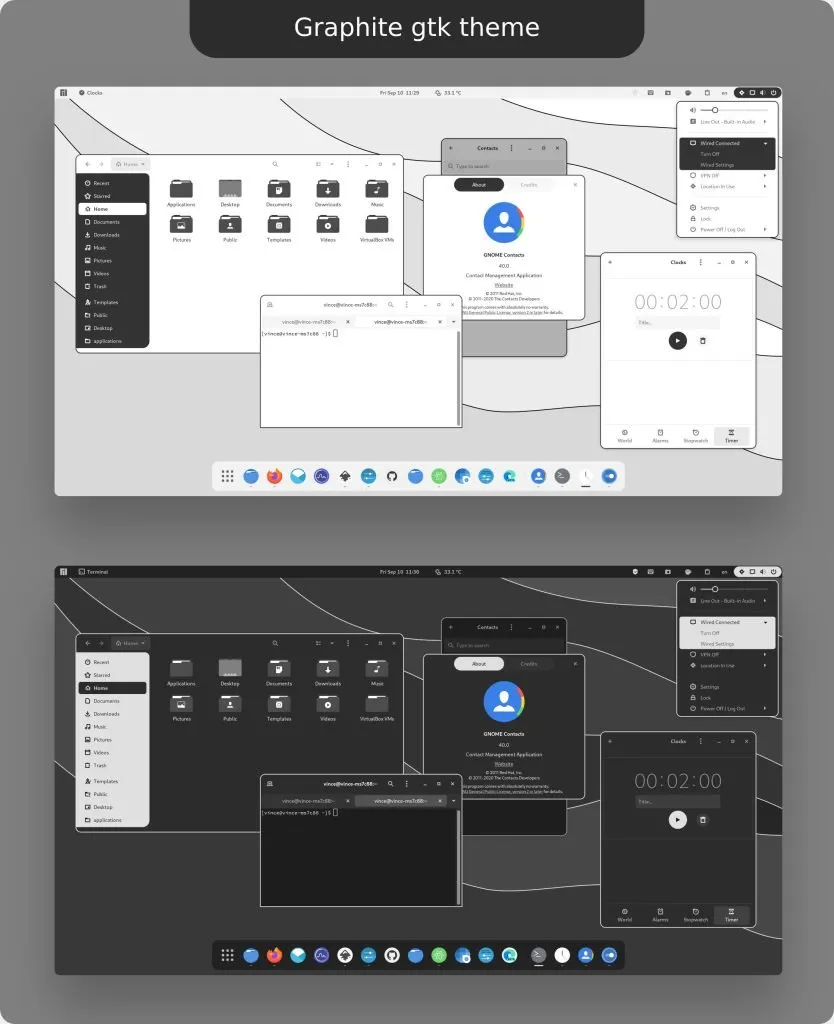
Stability
Over the years, GNOME has made significant strides in terms of stability. It has evolved into a reliable and dependable desktop environment that is highly regarded by users. The secret behind its stability lies in its well-established codebase, which has been meticulously refined over many years. This level of maturity greatly contributes to the overall stability of GNOME.
Furthermore, GNOME receives constant attention and focus from developers, thanks to its prominent position in the Linux desktop ecosystem. Notable contributors such as Canonical and Red Hat actively participate in its development, ensuring that it remains a robust and stable platform.
On the other hand, Xfce takes a slightly different approach. While it may not be as quick to adopt new features as GNOME, it compensates for this by offering a rock-solid experience. Similar to GNOME, Xfce boasts an age-old codebase that has stood the test of time. This stability is a result of fewer changes being introduced, allowing for a more consistent and reliable desktop environment.
Despite having a smaller team of contributors, Xfce prioritizes stability over flashy features. It provides users with a traditional desktop experience, ensuring that they can rely on its performance without any unnecessary frills. So, if you’re someone who values stability and a tried-and-true desktop experience, Xfce might be the perfect choice for you.
Extension ecosystem
GNOME offers a fantastic extension ecosystem that’s perfect for those who want to personalize and enhance their desktop experience. You can easily find various extensions on the GNOME Extensions website. These extensions allow you to add new indicators, change the look and feel of the GNOME shell, improve task management, and more.
Popular extensions like “Dash to Dock” provide a customizable dock for launching and managing your favourite apps. GNOME also makes it easy to install and manage extensions through the Extensions Manager utility. Remember that as GNOME evolves, extensions may require occasional updates to stay compatible with the latest versions.
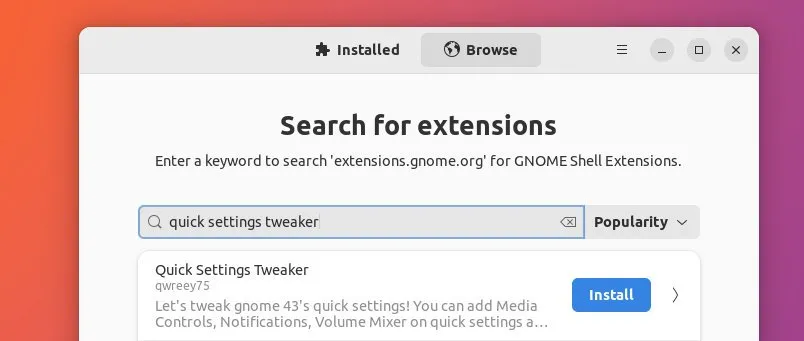
Xfce offers a different approach to add-ons compared to GNOME. Although it may not have as many options as GNOME, it still provides useful plugins and panel applets to enhance your desktop experience.
You can customize your desktop with features like a weather plugin, system load monitor, workspace switcher, and power manager. Xfce also allows you to personalize your desktop through its built-in settings and configuration options.
While Xfce may not have as extensive of an add-on selection as GNOME, it excels in simplicity and reliability. This aligns perfectly with its focus on delivering a stable and efficient desktop environment. If you prefer a straightforward and dependable experience, Xfce’s add-ons are valuable for tailoring your desktop without compromising stability.
Performance
It’s difficult to measure and compare the performance of the “desktops” alone since they are closely integrated into the underlying Linux operating systems. However, I did a quick comparison of both the desktop sessions only.
In the Fedora workstation, gnome-session consumes around 150 MB of RAM. With Debian and Xfce, the xfce4-session consumes around 26 MB of RAM.
This metric is expected, considering both are built differently.
In Xfce, you can run many applications simultaneously without experiencing performance concerns. However, GNOME might feel a little resource-hungry compared to Xfce due to its new features and support for modern protocols.
Practical use cases and accessibility
Accessibility is one of the important criteria for comparing both the desktop environment.
GNOME has long been recognized for its commitment to accessibility, making it a standout choice for users with diverse needs. The GNOME project incorporates many features and tools to ensure an inclusive computing experience.
Its Accessibility settings offer options for “hearing”, “seeing”, “typing” and others. They include screen readers, magnification tools, and high-contrast themes to cater to users with visual impairments.
It adheres to the User Interface (UI) guidelines, which emphasize keyboard navigation, consistent layout, and other elements that make the interface accessible to those with motor disabilities.

However, Xfce has limited accessibility built-in. As of the current version of the Xfce desktop, it brings screen readers and keyboard and mouse controls for users with special needs.
GNOME and Xfce both support modern hardware with complex setups such as multiple displays, screen sharing, and fractional scaling.
However, GNOME is progressing well to support the modern display server, Wayland, whereas Xfce is progressing slowly.
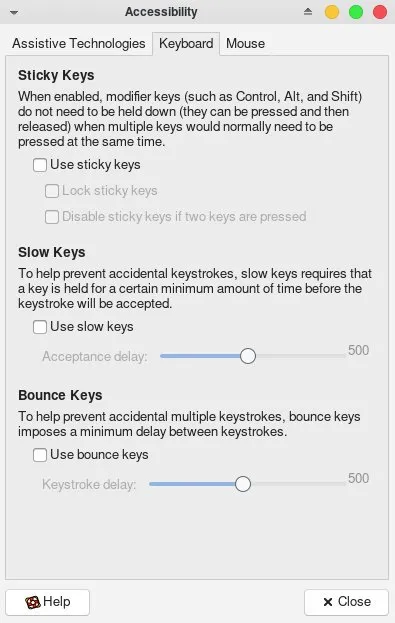
Long-term adoption and principles
The primary principles of GNOME’s development strategy are autonomy, openness, globalization, and adopting new technology as needed.
In turn, Xfce developers care about its stability and are conservative about adopting new tech.
If you plan to choose one desktop between these two for a 5 to 10-year plan, then Xfce is a better choice. GNOME may undergo huge UI and technical changes in that time span. Hence, it may break your apps or workflow.
💡 Looking for the best Linux VPS for your preferred desktop environment? AMAZINGRDP offers Linux VPS solutions optimized for both Xfce and GNOME, ensuring the best performance for your workflow!
Explore More ; What is Manjaro Linux.
Get Connected with us on Facebook,Twitter,Instagram.
READ OUR BLOGS .
